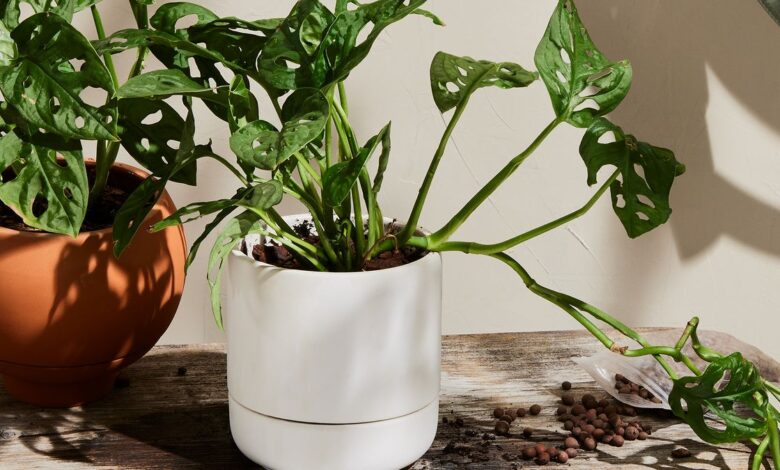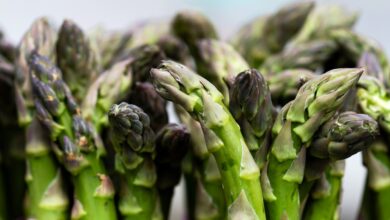Self Watering Planters: A Convenient Solution for Happy Plants

Watering Planters Are you tired of constantly worrying about whether your plants are getting enough water? Say goodbye to overwatering and underwatering woes with self-watering planters. These innovative containers offer a convenient solution for busy plant lovers, ensuring that your greenery thrives with minimal effort on your part.
Benefits of Self-Watering Planters
Self-watering planters offer numerous advantages for both novice and experienced gardeners alike. Firstly, they provide a consistent water supply to plants, preventing them from drying out or becoming waterlogged. This promotes healthier root growth and reduces the risk of plant stress and disease.
Additionally, self-watering planters help conserve water by delivering moisture directly to the plant’s roots, minimizing evaporation and runoff. This eco-friendly feature not only benefits your plants but also contributes to water conservation efforts.
How Self-Watering Planters Work
Self-watering planters operate on the principle of maintaining a reservoir of water that gradually seeps into the soil as needed. This is typically achieved through a combination of a reservoir system and capillary action.
The reservoir system, usually located at the bottom of the planter, stores excess water that is not immediately absorbed by the soil. As the soil dries out, capillary action draws water upward from the reservoir, ensuring a steady supply to the plant’s roots.
Types of Self-Watering Planters
There are several types of self-watering planters available on the market, each with its own unique features and advantages. Traditional self-watering pots feature a separate reservoir that can be filled manually, while self-watering containers incorporate a built-in reservoir for added convenience.
For those who prefer a DIY approach, there are numerous tutorials available online for creating custom self-watering systems using readily available materials.
Choosing the Right Self-Watering Planter
When selecting a self-watering planter, it’s important to consider factors such as size, material, and design. Choose a planter that matches the needs of your plants and complements your aesthetic preferences.
Opt for a planter with an appropriate size and capacity to accommodate the root system of your plants. Consider the material of the planter, ensuring durability and resistance to UV rays and extreme weather conditions. Finally, select a design that enhances the visual appeal of your indoor or outdoor space.
Setting Up a Self-Watering Planter
Setting up a self-watering planter is simple and straightforward. Begin by preparing the reservoir and ensuring that it is filled with water. Next, add soil to the planter and plant your desired greenery, making sure to water them thoroughly initially.
Adjust the watering frequency according to the specific needs of your plants, taking into account factors such as sunlight, temperature, and humidity levels.
Maintenance Tips for Self-Watering Planters
To keep your self-watering planter in optimal condition, it’s important to perform regular maintenance tasks. Check the water level in the reservoir periodically and top it up as needed to ensure a constant water supply to your plants.
Clean the planter regularly to remove any debris or algae buildup that may occur. If you encounter any issues such as clogged drainage holes or malfunctioning components, troubleshoot and address them promptly to prevent damage to your plants.
Popular Plants for Self-Watering Planters
A wide variety of plants thrive in self-watering planters, making them suitable for different preferences and environments. Succulents and cacti are ideal choices for those who prefer low-maintenance options, while herbs such as basil, mint, and parsley flourish in self-watering containers.
Indoor houseplants such as pothos, spider plants, and peace lilies also benefit from the consistent moisture provided by self-watering systems.
Creative Ways to Use Self-Watering Planters
In addition to traditional plantings, self-watering planters offer endless possibilities for creative gardening projects. Experiment with vertical gardening by stacking multiple planters to maximize space and create a lush green wall.
Create a compact herb garden in small spaces such as balconies, patios, or kitchen windowsills, providing fresh herbs for culinary use year-round. Transform your office or workspace with vibrant plant displays that enhance productivity and mood.
Environmental Benefits of Self-Watering Planters
Beyond their convenience and aesthetic appeal, self-watering planters offer environmental benefits that contribute to a more sustainable lifestyle. By conserving water and reducing the need for frequent irrigation, they help minimize water waste and promote eco-friendly gardening practices.
Furthermore, the improved water efficiency of self-watering planters supports the health of local ecosystems by reducing runoff and soil erosion.
Conclusion
Self-watering planters offer a convenient and efficient solution for maintaining healthy and vibrant plants with minimal effort. Whether you’re a busy urban dweller or a seasoned gardener, these innovative containers provide a hassle-free way to enjoy the beauty of nature indoors and outdoors.
So why wait? Invest in a self-watering planter today and watch your plants thrive with ease and simplicity.



